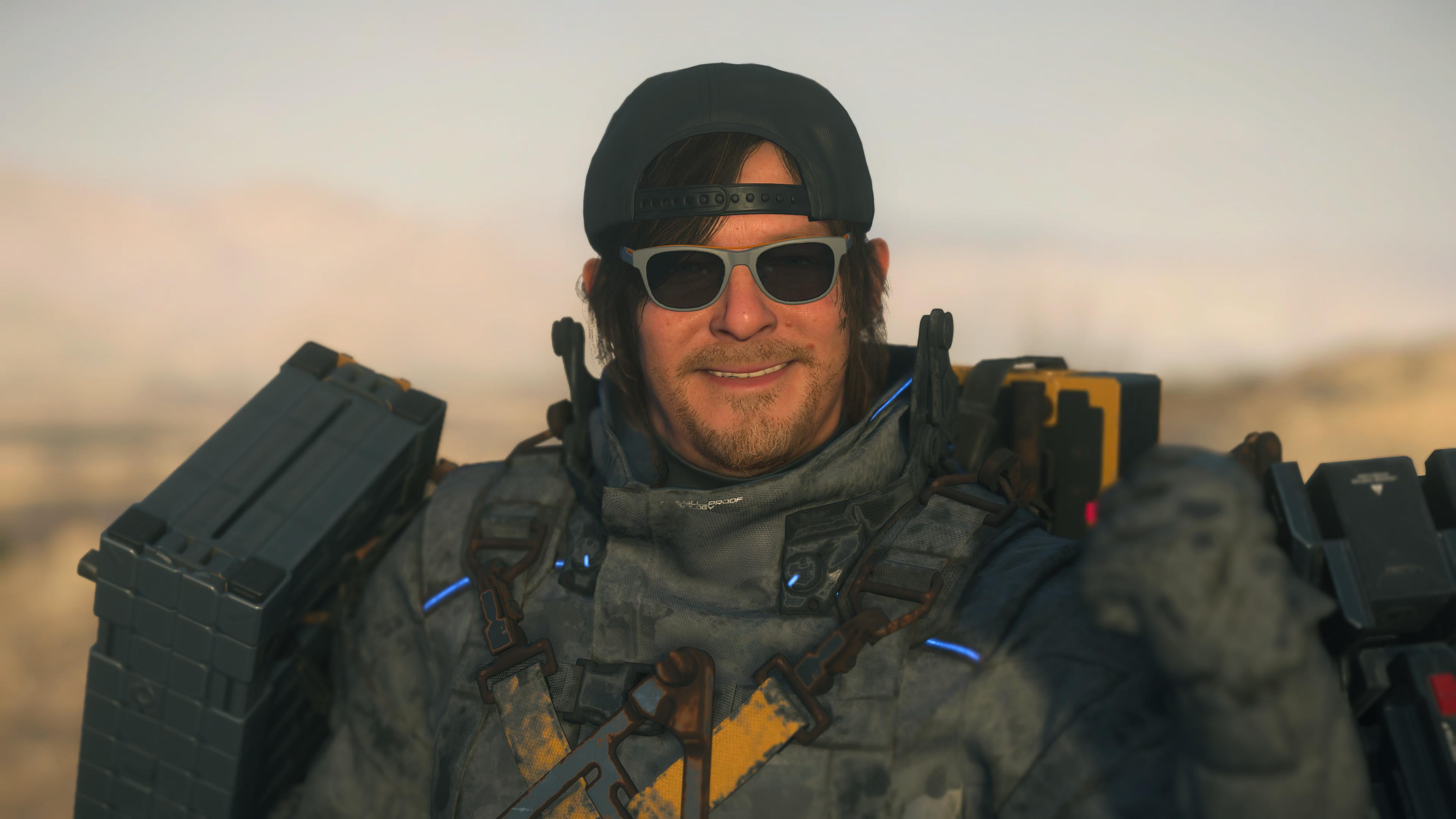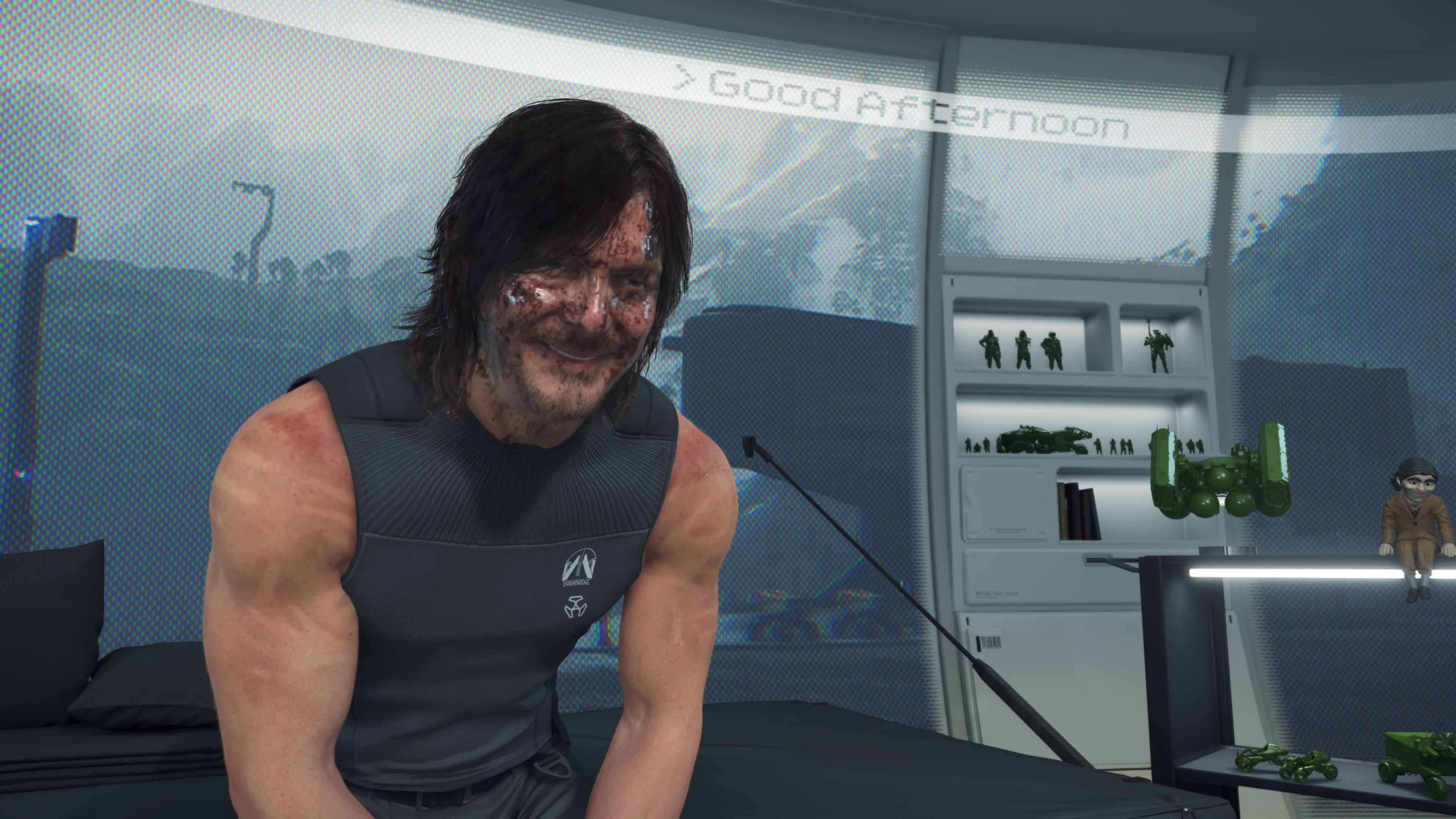
I hold the Bayonetta series’ combat in such high esteem that I’d consider it in the top five or so combat systems of all time, right next to the Devil May Cry, God of War, Ninja Gaiden, and Batman Arkham games. It’s just incredible to look at, feels equally amazing to play, and is jam packed with opportunities for style and creativity thanks to the wide assortment of wild weapons at your disposal. Bayonetta 3 just further cements its legacy, strutting out with a surprising sequel in that it actually takes a lot of risks with changing up its established formula in an effort to revitalize a combat system that only slightly evolved between the first two games. Fortunately those risks pay off. Bayonetta 3 is an invigorated sequel with fresh new ideas that embolden its 13-year-old combat system, an impressive amount of variety throughout its 10 to 12-hour campaign, and more of that trademark sexy Bayonetta style that makes the series one of a kind.
While the first two Bayonetta games are directly linked as far as their stories went, Bayonetta 3’s tale is largely standalone, with the only required knowledge being surface level details of who the major characters are. So if you were worried about jumping right into Bayonetta 3 without having played the originals, don’t be: you’ll pick up everything you need pretty quickly. That said, Bayonetta 3’s story is the weakest of the trilogy, which is especially disappointing because it starts out so promisingly. It opens with a surprisingly dark prologue chapter that introduces a mysterious and powerful new villain and a scene that we’re not used to seeing in Bayonetta: The title character on her heels in a losing fight.
But that mystery surrounding the villain never pays off – his motives largely go unexplored and the stakes that were set at the beginning feel largely meaningless in the grand scheme of things. Bayonetta’s journey as she jumps between all sorts of different multiverses, interacting with different versions of herself is a fun romp, at least, but the overall story involving the whys or hows never really comes together in any sort of satisfying fashion.
Despite her looks, Viola is actually kind of endearingly dorky.
One high point of the story, though, is the introduction of Viola. She’s our second playable character and she looks like a punk protagonist plucked directly out of a completely different character action game, complete with a spiked leather jacket with too many belt buckles and a samurai sword slung behind her back. What I love most about Viola, though, is how despite her looks, she’s actually kind of endearingly dorky. This makes her a great counterpart to the effortlessly cool and confident Bayonetta, and they have a really great chemistry that results in some wonderful moments between the two.
Pure Platinum Combat
While Bayonetta 2 was largely an iterative sequel that didn’t strive to fix what wasn’t broken, Bayonetta 3 is much more ambitious, making sweeping changes to everything from Bayonetta’s core combat abilities, to the way she finds and equips new weapons, to how she gains new techniques and abilities for those weapons, and even to how she uses her magic.
Let’s start there, with the excellent new Demon Slave mechanic. Instead of just using her demonic summons as finishing moves, Bayonetta can now freely summon them into battle by holding down the left trigger. The catch is that while she’s summoning, Bayonetta is locked in place and vulnerable as she dances to keep the summon going, draining your magic meter and allowing you to freely control the demon with the left stick while using the buttons to either punch, kick, fire off a ranged attack, or use the demon’s special ability.
It’s a hell of a power trip, and my first reaction to using the beastly Gomorrah to effortlessly take out enemies that would’ve taken me about 30 seconds of wailing on to defeat them was that this seemed quite overpowered. But Platinum does a really great job of keeping the power of summons in check as the campaign rolls on. For one, all it takes is one hit on Bayonetta to cancel the summon, and it takes much more magic to resummon than it does to keep a summon going. Your summon can also be killed if they take too much damage, and there are even enemies that can outright destroy them with a single move, putting it on a cooldown timer before you can bring it back. One specific enemy type will multiply if they get killed by one of your demons, another type will nimbly dodge every attack they throw. What you really have to be careful about, though, is the rage meter of your summon – if that maxes out, they’ll turn against you and you’ll have no way of unsummoning them. It’s a real high risk vs high reward situation.
Platinum does a really great job of keeping the power of summons in check as the campaign rolls on.
My favorite thing about the Demon Slave system, though, is that you can queue up to two commands at a time, and while you can’t move while summoning or while issuing commands, once the commands are queued up, you’re free to move, attack, dodge, or do whatever else you want. So if you’re able to multitask well and can balance your own offense while also taking a second to quickly issue another command to your summon, you can fight alongside them for an extended period of time, which just adds another layer of depth to Bayonetta 3’s already insanely deep combat. One of my favorite things to do is to summon Baal, who is able to sing for her special attack – if she’s able to sing four verses without being taken out, she will summon blood rain that will deal massive damage to every single enemy in the room, often finishing up the fight all on its own.
The other big new change to Bayonetta 3’s combat is the fact that you can no longer equip specific weapon sets to either Bayonetta’s arms or legs. Instead, when you get a new weapon, it works as a set that has its own unique attacks for both punches and kicks. I didn’t have any issue with the lack of mixing and matching different weapon types, though, mainly because Bayonetta’s arsenal of weapons is insane and extensive. There’s the versatile Ignis Yo-Yos which hit distant enemies with punch attacks, and close enemies with kick attacks; the Dead End Express, which is, I kid you not, a literal demon train that Bayonetta can wield like a chainsaw or ride like a locomotive to careen into enemies; and the Ribbit Libido, a mic stand that she can kick out like a rockstar and sing a little quip into in order to buff either her offense or defense. And that’s just a small sampling. By the time I was finished, I had an arsenal of 10 weapons and nine demons to play with, all of which had their own skill trees with upgradeable abilities. Bayonetta has historically had some of the wildest weapons in all of video games, but I think it’s easy to say that these top even her own previous games.
Bayonetta’s arsenal of weapons is insane and extensive.
And then there’s Viola, who doesn’t have access to Bayonetta’s insane assortment of weapons and summons, but still manages to be a blast to play with in combat as well. Viola’s fights with her samurai sword, and instead of using a variety of summons, she’s able to toss her sword and transform it into her extremely powerful jovial cat demon, Cheshire. Cheshire behaves autonomously, but while he’s out, Viola must fight with a limited move set using her fists, and cannot use the series staple, Witch Time.
What We Said About Bayonetta 2
Every aspect of Bayonetta 2 feels polished and focused. At times, the writing feels ridiculous, but I still love how it plays. The superb pacing and combat are just that good. By the end I was convinced: This sequel builds on everything that made the original great, and delivers one of the most satisfying action games I’ve played. – Jose Otero, October 13, 2014
Score: 9.5
Read the full Bayonetta 2 review
Witch Time, of course, is the temporary slow motion that gets activated when dodging an attack at the last second as Bayonetta; but as Viola, you must instead time a block with her sword just before an attack hits her. There’s definitely an adjustment period to remembering you must block, not dodge as Viola, but once I got used to it I ended up really enjoying Viola’s chapters as nice little breaks from the traditional demon-summon-heavy Bayonetta chapters.
A Witch’s Brew
Bayonetta 3 is more than just its combat, and in fact, one of the things it does even better than its predecessors is mixing up its gameplay styles at the drop of a hat. It never falls into that trap that a lot of action games do of feeling like you’re just going from blocked-off combat encounter to blocked-off combat encounter until you reach the end of the level. There are plenty of wide-open sections where exploration is the focus, rewarding hidden missions that give valuable life- or magic-increasing items, fun and goofy stealth side-missions starring Jeanne, rhythm game boss battles, and there are a large handful of legitimately jaw-dropping action sequences that put you in control while all sorts of chaos is happening around you.
But a lot of these wild scenes come at a price. Bayonetta 3’s performance on the Switch is decidedly not great, which is surprising given that while its characters look as gorgeous as ever, the environments and background elements look like they’re a full generation behind even what the Switch is capable of. But while it’s always frustrating when the frame rate dips, Bayonetta 3 does hold 60fps during most combat encounters, and the major performance issues only really rear their heads when the action gets a little too overambitious. Like for example, having an intense fight on a cruise ship in the middle of a catastrophic tidal wave, all while New York’s skyline crumbles in the background.
Hale manages to nail every aspect of the character.
And finally, while the lack of original Bayonetta voice actress Hellena Taylor is a shame, it has to be said that Jennifer Hale does a phenomenal job picking up the role of the title character. We get to see a lot more different sides of Bayonetta in this game, not to mention that simply see a lot more Bayonettas, and Hale manages to nail every aspect of the character.






